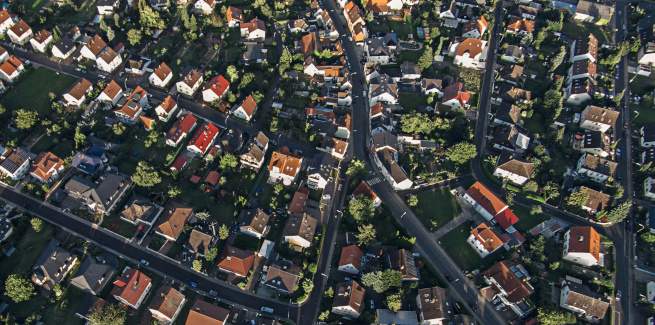The Real Estate Institute of Australia (REIA) has asserted that housing affordability has continued to decline in a new report, after it found the proportion of income required to meet mortgage repayments increased by 0.2 percentage points to 37.3 per cent, over the March quarter.
The average loan size had picked up across all states, with the exception of the Northern Territory, which experienced a decline of 1.1 per cent. In other states such as the ACT and South Australia, the average loan size had grown by 1 per cent and 6.1 per cent respectively.
But NSW recorded the highest annual growth rate for average home loan size of 21.6 per cent.
The total number of new owner-occupied dwelling loans fell by 16.1 per cent over the three-month period, down to 91,922 (down 15.9 per cent year-on-year). New owner-occupier loans had declined across all states and territories, ranging from falls of 8.2 per cent in Western Australia to 21.3 per cent in NSW.
REIA president Hayden Groves noted that affordability had improved in NSW and the NT, and remained stable in the ACT, but it had diminished across all other states.
He also believes the Reserve Bank of Australia’s (RBA) indications of further interest rate increases after the 50-bp hike earlier this week, will add to further declines in housing affordability.
“With the federal election now behind us, it is time to get to work on the fundamentals of housing supply and affordability for Australia’s renters, first time buyers and home owners,” Mr Groves said.
The average loan size to first home buyers had increased across all states and territories during the three months to March, to $475,544 – up by 0.9 per cent over the quarter and up 11.7 per cent year-on-year.
While first home buyers in NSW saw increases in their average loan size as small as 0.1 per cent, in Tasmania, buyers faced a rise of 9.8 per cent.
First home buyers had dropped across all states and territories over the quarter, down nationally by 22.5 per cent to 29,093, following a 33.9 per cent fall over the last 12 months.
First home buyers now make up 31.6 per cent of owner-occupier dwelling commitments, down by 2.7 percentage points over the quarter and 8.7 percentage points over the year.
“Declines ranged from 10.5 per cent in WA to 40.2 per cent in the NT,” Mr Groves said.
Meanwhile rental affordability had a sharper decline, with the proportion of income required to meet median rent increasing by 0.5 percentage points to 23.5 per cent.
Rental affordability had declined in all states and territories except the NT.
Tasmania remained the most unaffordable state to rent in, with the amount of income needed for payments sitting at 30.8 per cent.
However, new data from PropTrack has shown that Australian house price growth has slowed down at the fastest rate in more than 30 years, with the annual rate of growth for capital cities now sitting at around 14 per cent, compared to 24 per cent six months earlier.
Meanwhile, several lenders have been quick to pass on the RBA’s rate rise to their customers.
[Related: RBA tipped to repeat 50-bp hike]
 ;
;
Comments (0)